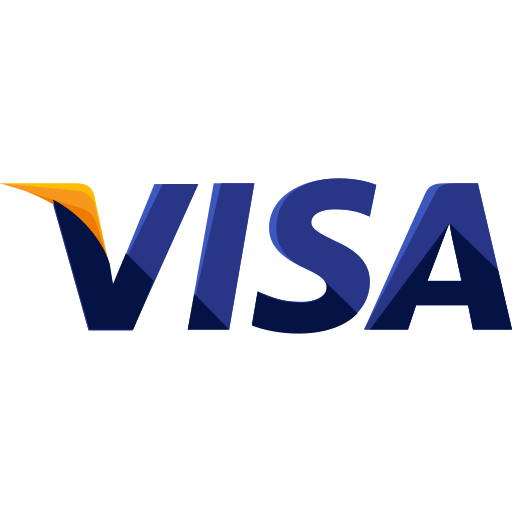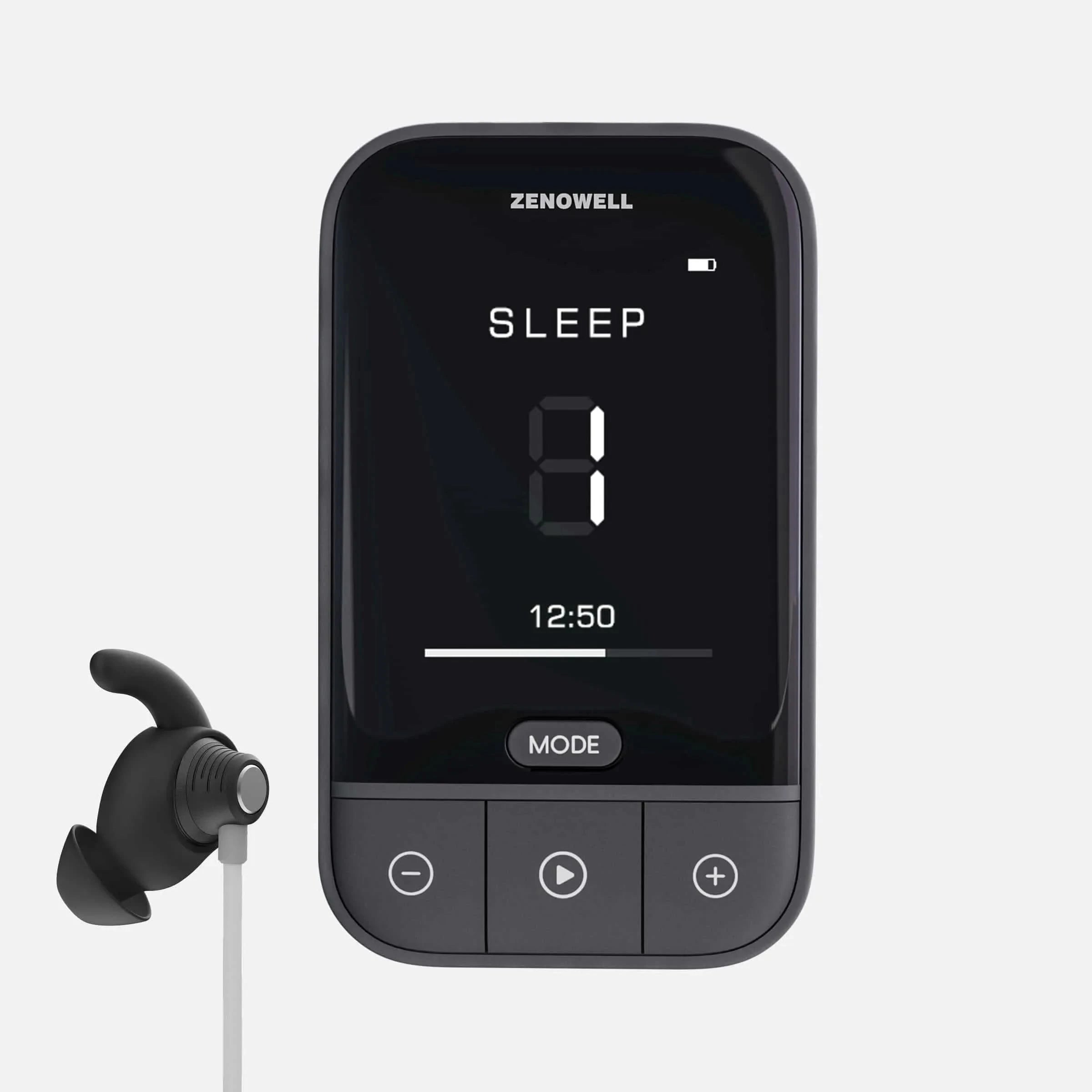When making a choice, have you ever experienced such a time: After making a mistake, you always feel that it is difficult to concentrate, and the subsequent decision becomes slower or less accurate?
Scientists have discovered that there is a key system in our brain - the locus coeruleus-NE system (LC-NE), which may be the "behind-the-scenes driving force" behind it. Recently, a new study from UCLouvain University in Belgium was published in the journal "Brain Stimulation". They confirmed that the LC-NE system plays a core role in "improving decision accuracy" through non-invasive auricular vagus nerve stimulation technology .
What is "auricular vagus nerve stimulation"?
The scientific name for this technique is transcutaneous vagus nerve stimulation (tVNS) . By attaching electrodes to specific nerve areas in the ear (such as the ear canal or ear canal), the vagus nerve pathway to the brain is gently activated, thereby mobilizing the brain's arousal and attention system. In the study, a slight stimulation of 4 seconds was enough to cause pupil dilation , which is a reliable signal that the brain's arousal system is activated.
What did the experiment reveal?
The research was conducted in two stages.
Stage 1: Confirm whether tVNS can really activate the brain
Customized tVNS equipment was used to receive tVNS and SHAM stimuli at rest. Both tVNS and SHAM stimuli lasted for 4 seconds, with a frequency of 25Hz and a pulse width of 200μs. By recording changes in pupil size, the activation effect of tVNS on the LC-NE system was verified.
Experiment 1 Design
RESULTS: Compared with the control group, tVNS did induce more pronounced pupil dilation, demonstrating its activation of the locus coeruleus-NE system (LC-NE) .
Stage 2: Apply tVNS in perception tasks to see if it can improve performance.
Receive tVNS or SHAM stimuli during the Random Point Movement (RDM) task. Record behavioral data such as reaction time (RT) and decision accuracy, synchronize pupil data collection, and use the Drift Diffusion Model (DDM) to analyze decision-making mechanisms. Participants need to determine the direction of motion (left or right) of the dot matrix on the screen, which is a typical "perception-decision" task.
Experiment 2 Design
The result is surprising. After stimulation, the accuracy of decision-making increased by about 4%, but the reaction speed did not slow down. In other words, the brain is more "awake" to make more accurate decisions , rather than being urged to be faster and more chaotic. Especially after an error in the previous attempt , tVNS can effectively suppress the phenomenon of "attention slip after error", so that the performance will no longer "collapse".
The impact of tVNS on behavior in RDM tasks (Experiment 2)
Urgency "or" perceptual gain "? Research challenges traditional views
In the past, some human studies have suggested that the role of the LC-NE system is mainly to allow us to make decisions quickly , that is, to accelerate the reaction speed by enhancing the "sense of urgency". This view is called the urgency hypothesis , which assumes that under time pressure, the LC-NE system prompts us to make faster but possibly less accurate choices.
However, this new study from UCLouvain University offers a different perspective. They found that the role of the LC-NE system is actually more like improving the accuracy of perceptual processing , that is, by improving the brain's "signal to noise ratio" of information, helping us understand and analyze sensory information more accurately , rather than simply pushing us to speed up decision-making. Therefore, the LC-NE system not only "urges" us to make choices, but also optimizes the information processing in our decision-making process , making our decisions clearer and more efficient.
taVNS/tVNS: The New Frontier of Wearable Brain Science?
This research not only brings new ideas to the field of neuroscience , but also lays the foundation for the development of wearable neural regulation technology . As technology advances, non-invasive devices like tVNS may become a part of our daily lives, helping us regulate neural activity in the brain without external interference.
In the future, we may be able to use wearable devices such as auricular vagus nerve stimulation to improve our attention, emotional regulation, and even learning and decision-making abilities. The current urgent problem is to clarify the optimal stimulation parameters and more precise closed-loop stimulation methods, and then selectively enhance parasympathetic nerve activity or NE system.
With the continuous maturity of brain science and wearable AI hardware technology, wearable brain monitoring and neural modulation devices may become important tools to improve human cognitive ability and quality of life, allowing us to deal with daily challenges in a more efficient and healthy state. We may be standing at the doorstep of a new era of human cognitive enhancement , welcoming a smarter lifestyle.
References:
Su, S. et al. (2025). Transcutaneous vagus nerve stimulation boosts accuracy during perceptual decision-making. Brain Stimulation, 18, 975–986. https://doi.org/10.1016/j.brs.2025.04.020



















